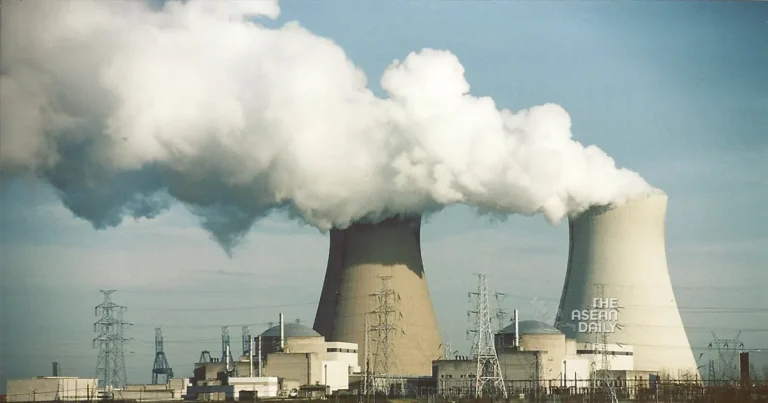14-10-2023 (JAKARTA) The National Research and Innovation Agency (BRIN) has announced Indonesia’s intention to build nuclear power plants (PLTNs) in the 2030s. The country’s government is currently in the process of analyzing the relevant data, which indicates that the development of PLTNs can commence during that period, revealed Rohadi Awaludin, the head of BRIN’s Nuclear Energy Research Organization, on Friday.
Awaludin stated, “This matter is still being discussed by various parties, including the Ministry of Energy and Mineral Resources (ESDM) and the National Development Planning Agency (Bappenas).”
The data suggests that Indonesia could initiate the construction of PLTNs in the next decade, although the exact timeline, whether it will be the beginning or end of the 2030s, is still uncertain as the data is not yet final, he clarified.
The country has plans to establish nuclear power plants with two different capacities. Small-capacity plants will be built in administrative areas with a smaller population, while large-capacity plants will be dedicated to supplying energy to urban areas.
Awaludin explained, “Smaller remote areas require PLTNs with lower capacities, whereas larger nuclear power plants are needed to meet the energy demands of big cities. The larger plants will have a capacity of generating 1,000 MW, whereas the smaller ones will range from 100 to 200 MW, or even below 100 MW.”
Furthermore, he highlighted that electricity generated from nuclear power plants is more stable and sustainable. The use of PLTNs can significantly reduce power outages caused by energy shortages. Additionally, nuclear power plants do not emit carbon dioxide, providing an advantage over fossil fuel power plants.
Awaludin emphasized that the adoption of PLTNs aligns with the government’s vision of achieving net zero emissions in Indonesia by 2060.




